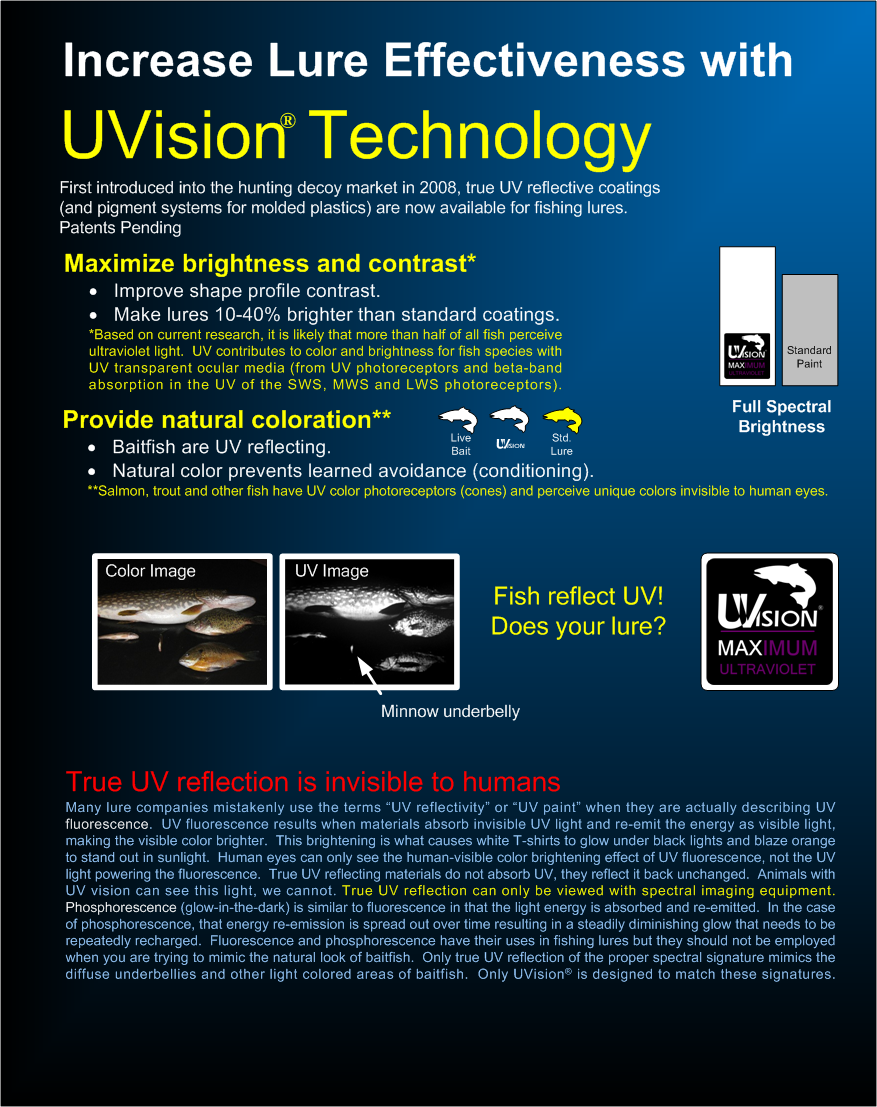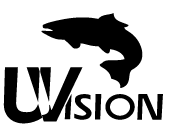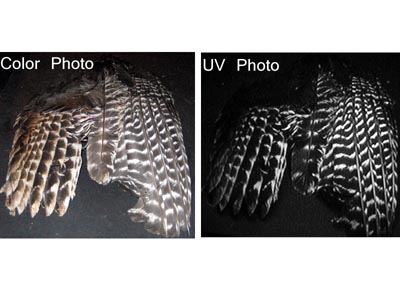|
It's a question we get all the time: Do fish see ultraviolet light?
Well, some do and some don't. Research has shown that the vision systems of fish species are more diverse than those of birds. While birds tend to be predominately tetrachromatic, fish can be dichromatic, trichromatic, or tetrachromatic. But the differences don't end there. Many dichromatic and trichromatic fish detect UV but not as a separate vivid color (tetrachromatic fish like salmonids see UV colors distinct from the colors humans can see). These dichromatic and trichromatic fish see UV as light that increases brightness and contrast of objects (still very important to lure design). Many other species of dichromatic and trichromatic fish do not see UV light at all because their lenses or cornea absorb the UV light before it gets to the cones (the same is true with humans). Basically we can divide fish into three categories:
- Fish that don't detect UV at all.
- Fish that see UV as a distinct color.
- Fish that see UV as a brightness difference.
Unfortunately, research in this area is not complete. We'd love to tell you exactly which fish can and cannot see UV, but there are a lot of gaps in the published research. We are working with researchers around the world to identify which game fish belong to which of the three categories. |
|
Fishermen Beware!
Several companies have started marketing UV lures and paint despite the fact that they do not appear to understand the science. Some are grossly overhyping the effectiveness of their products, even for fish that are known to lack the ability to see UV. Others are confusing UV reflectivity with fluorescence - two completely different phenomena!
While you're learning about UV technology for fishing lures, be careful not to believe everything you read and hear... but of course you knew that already. |







